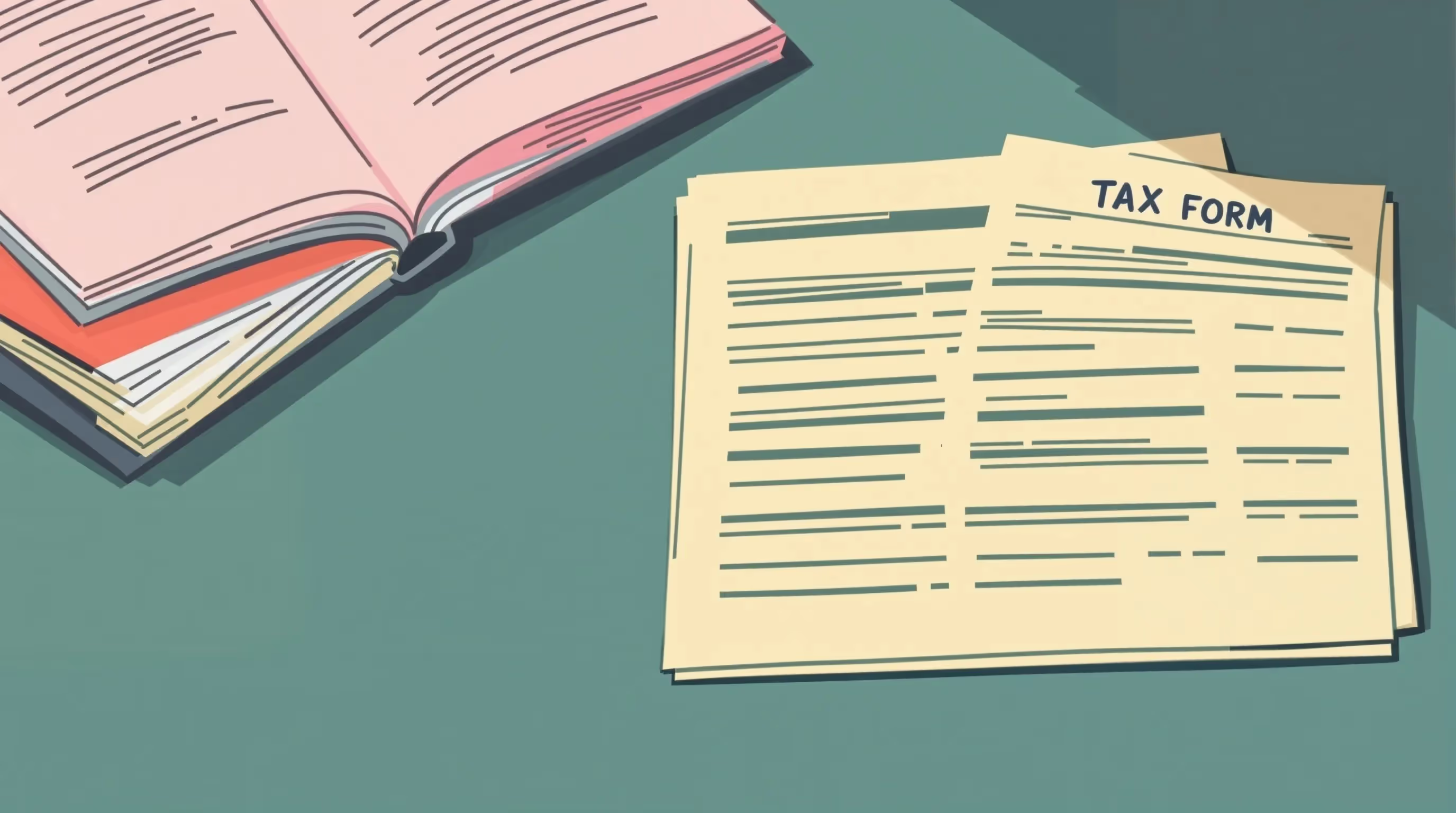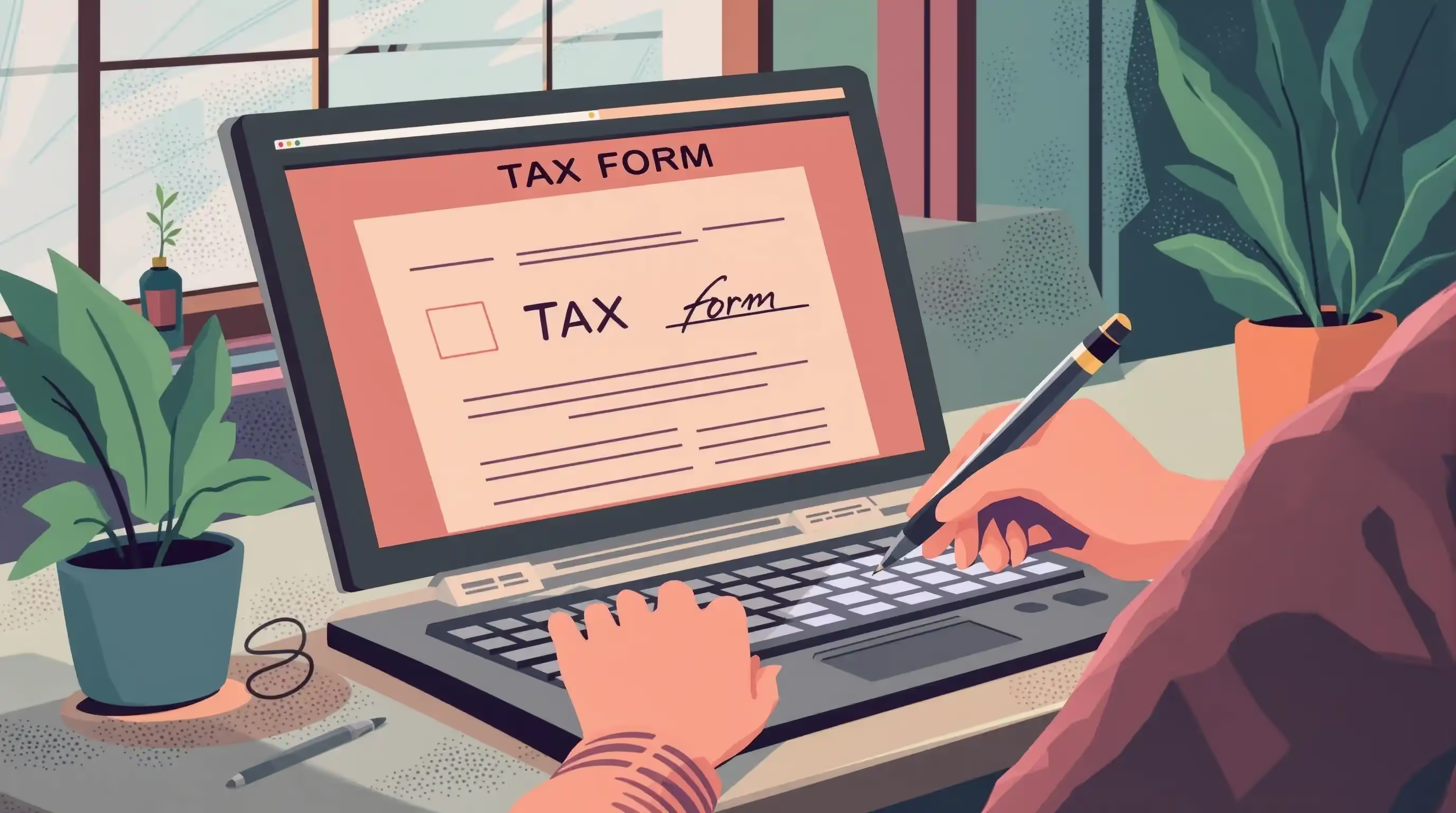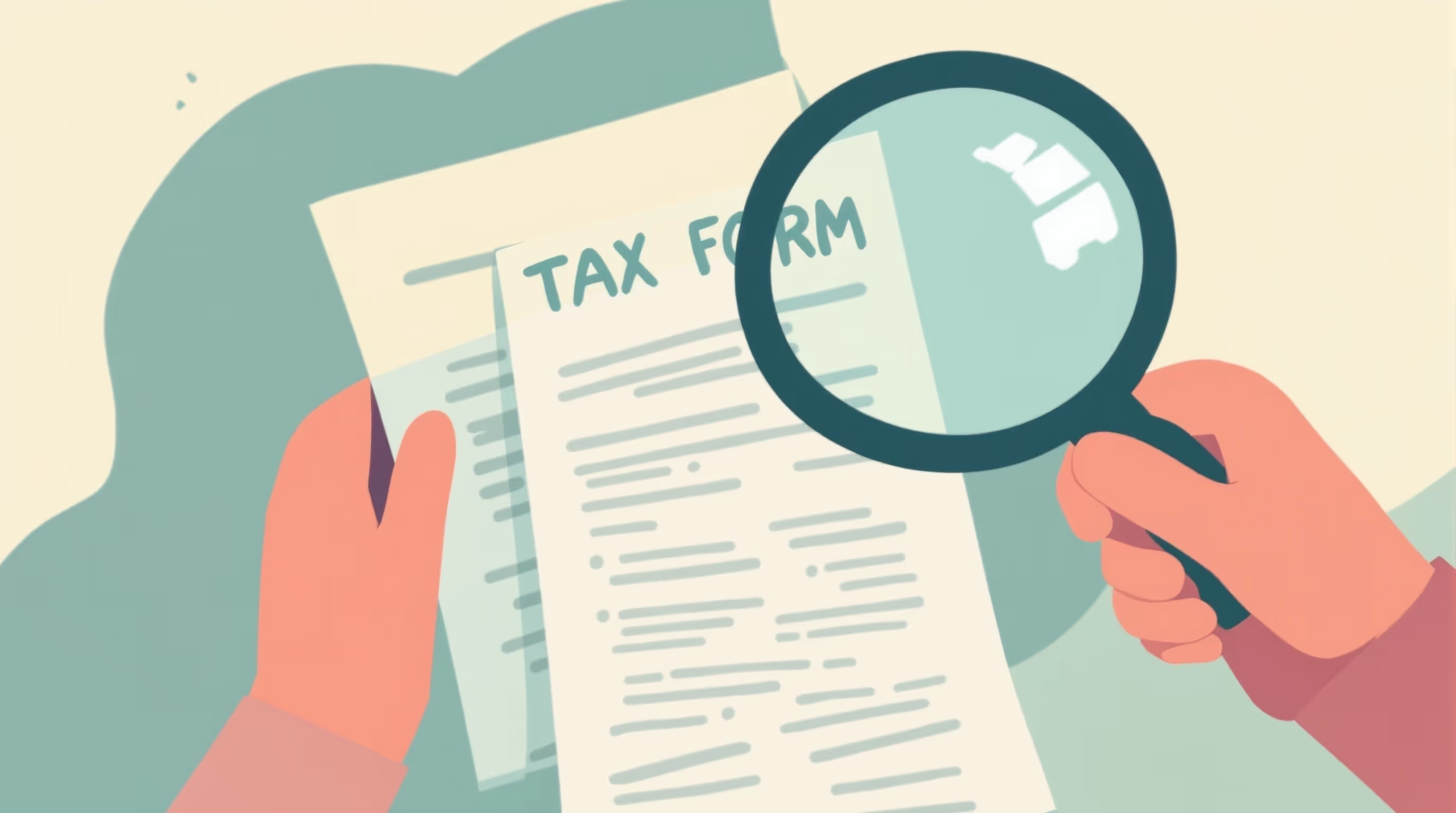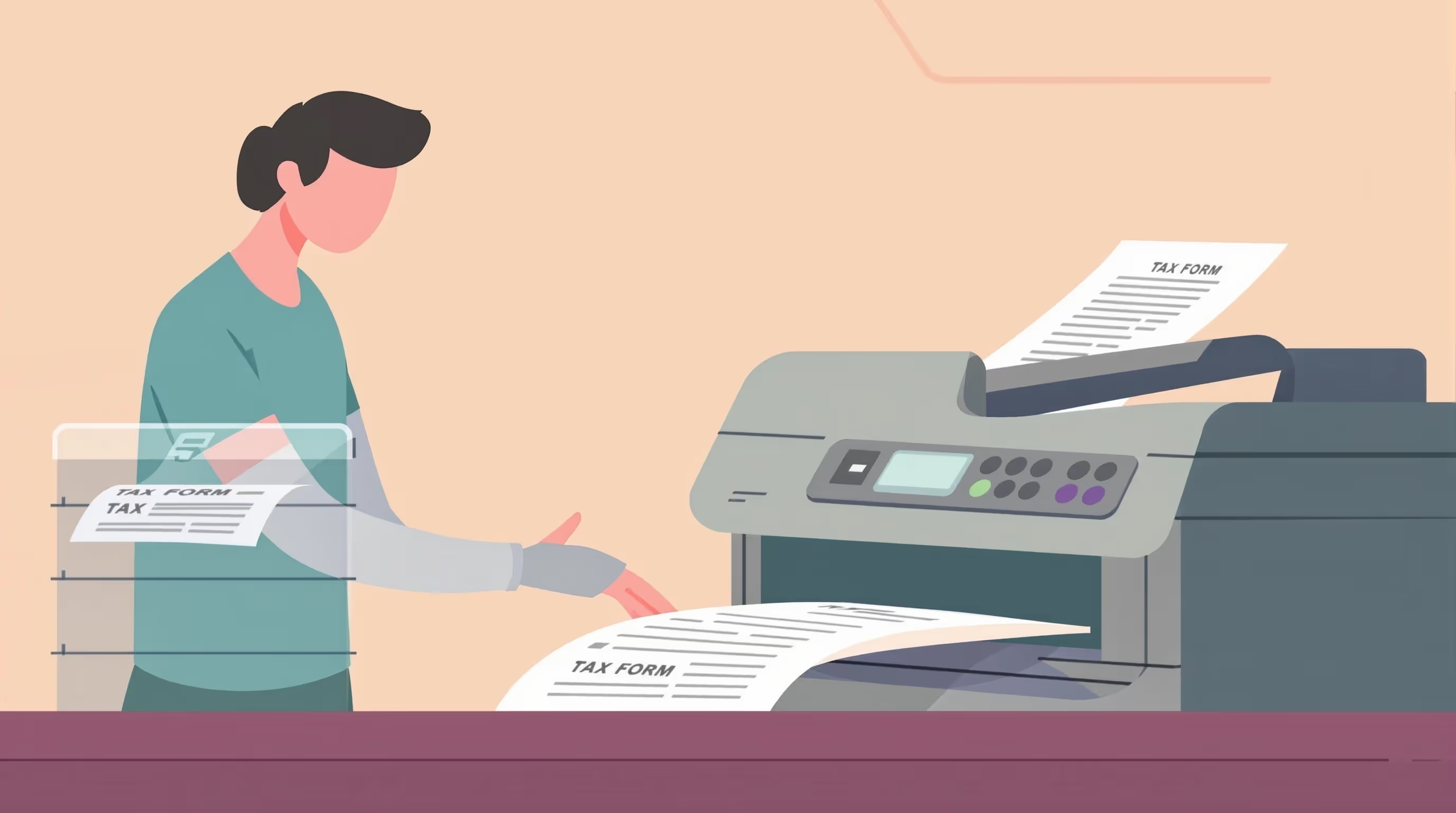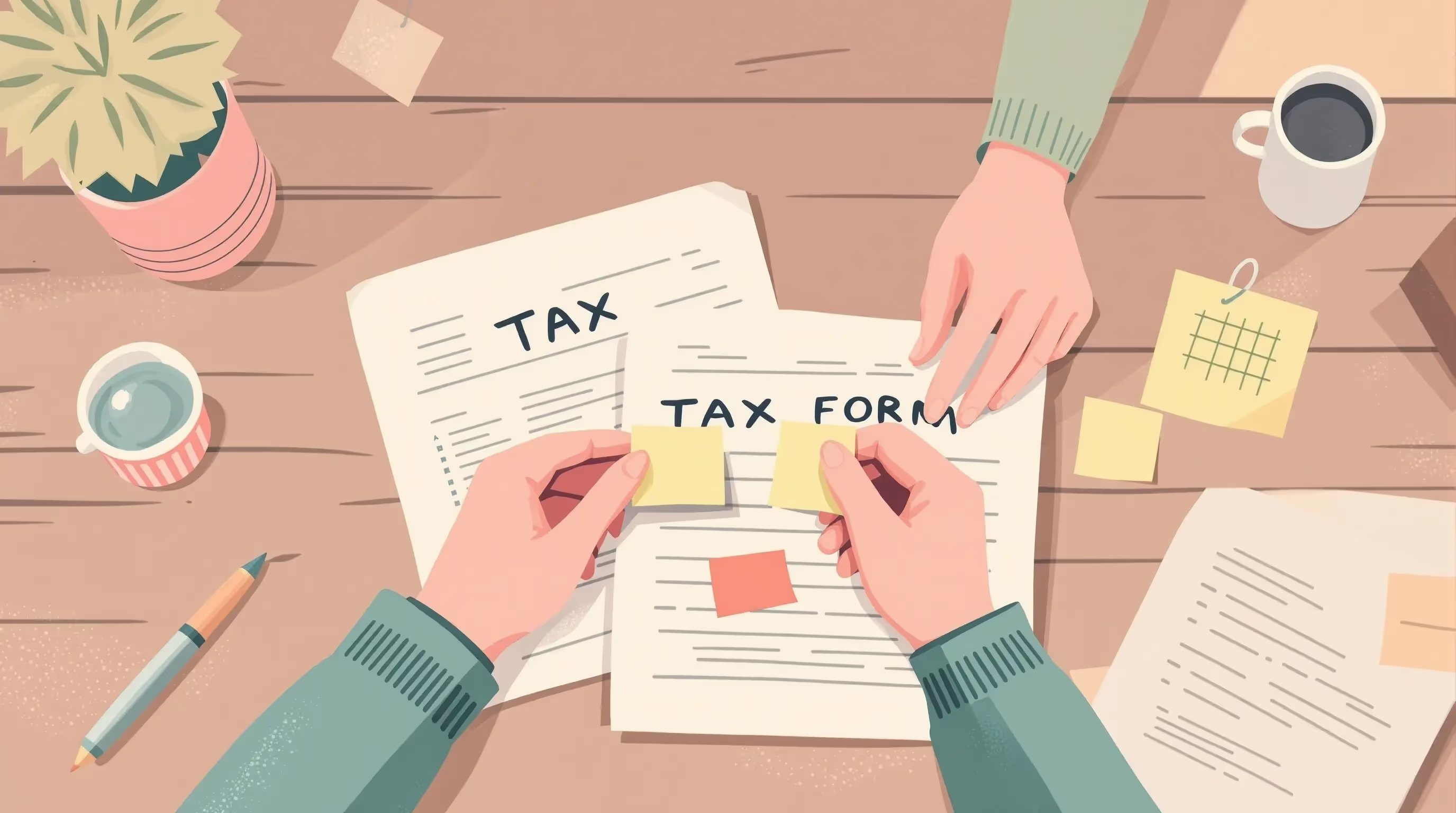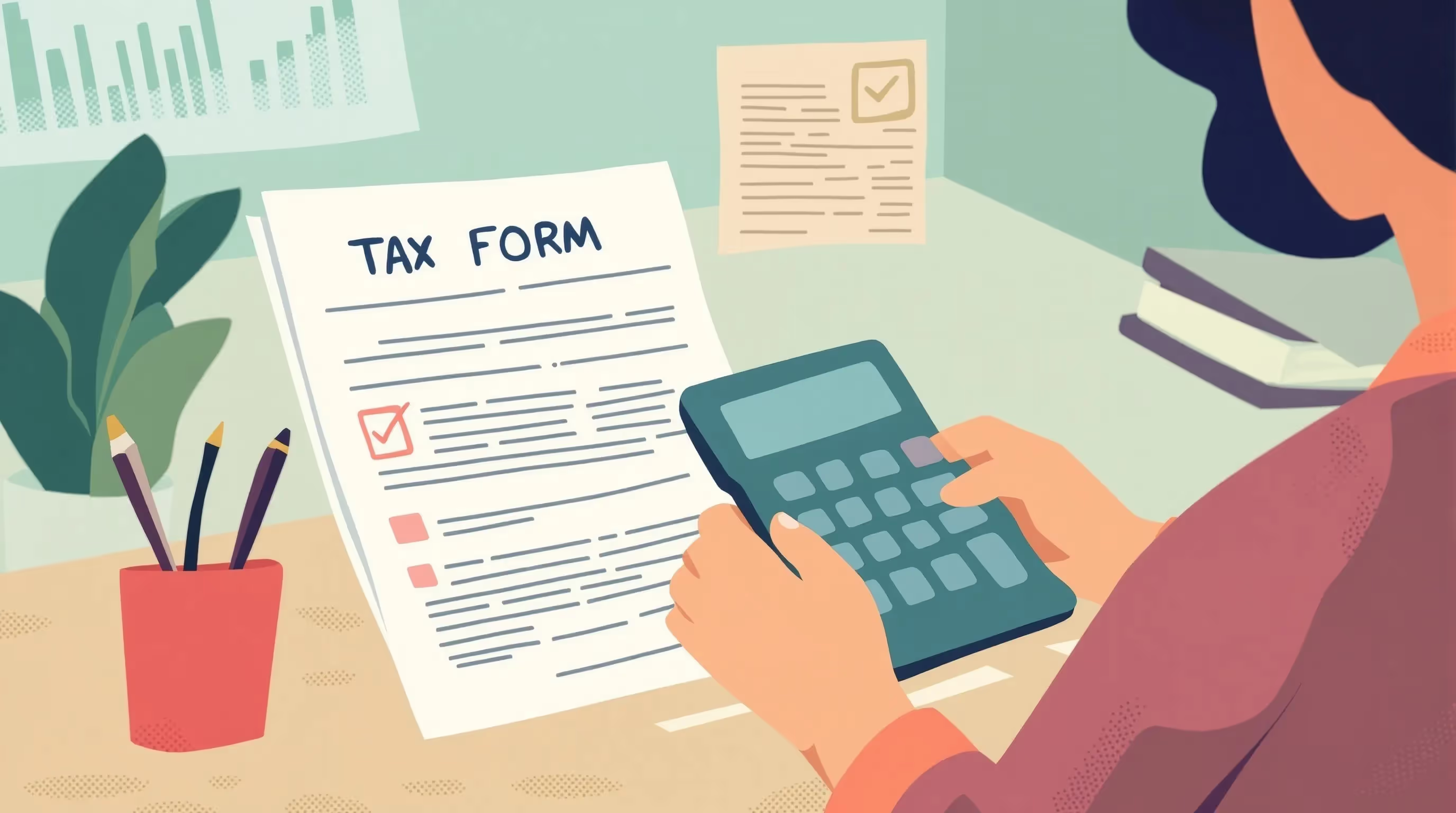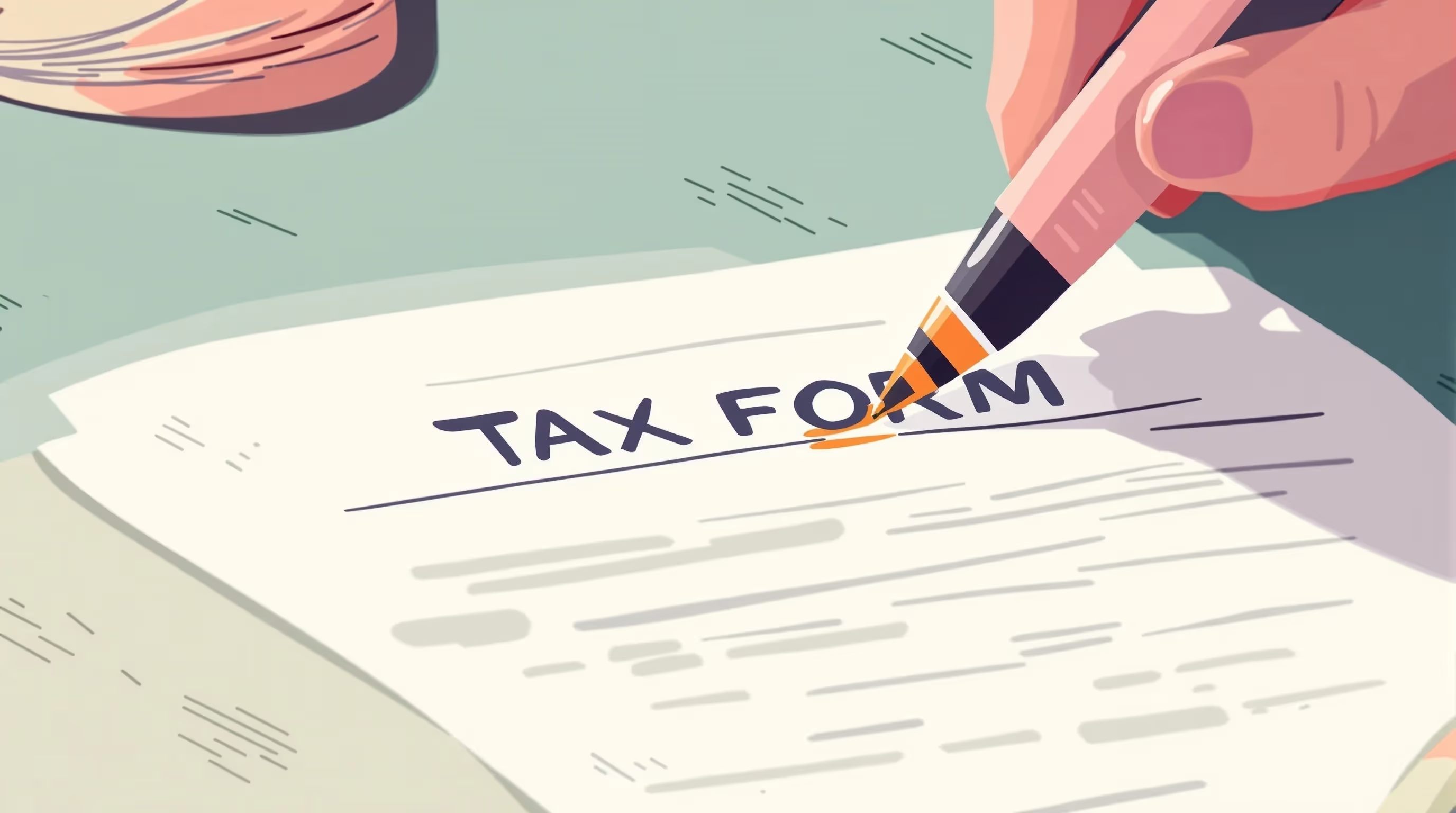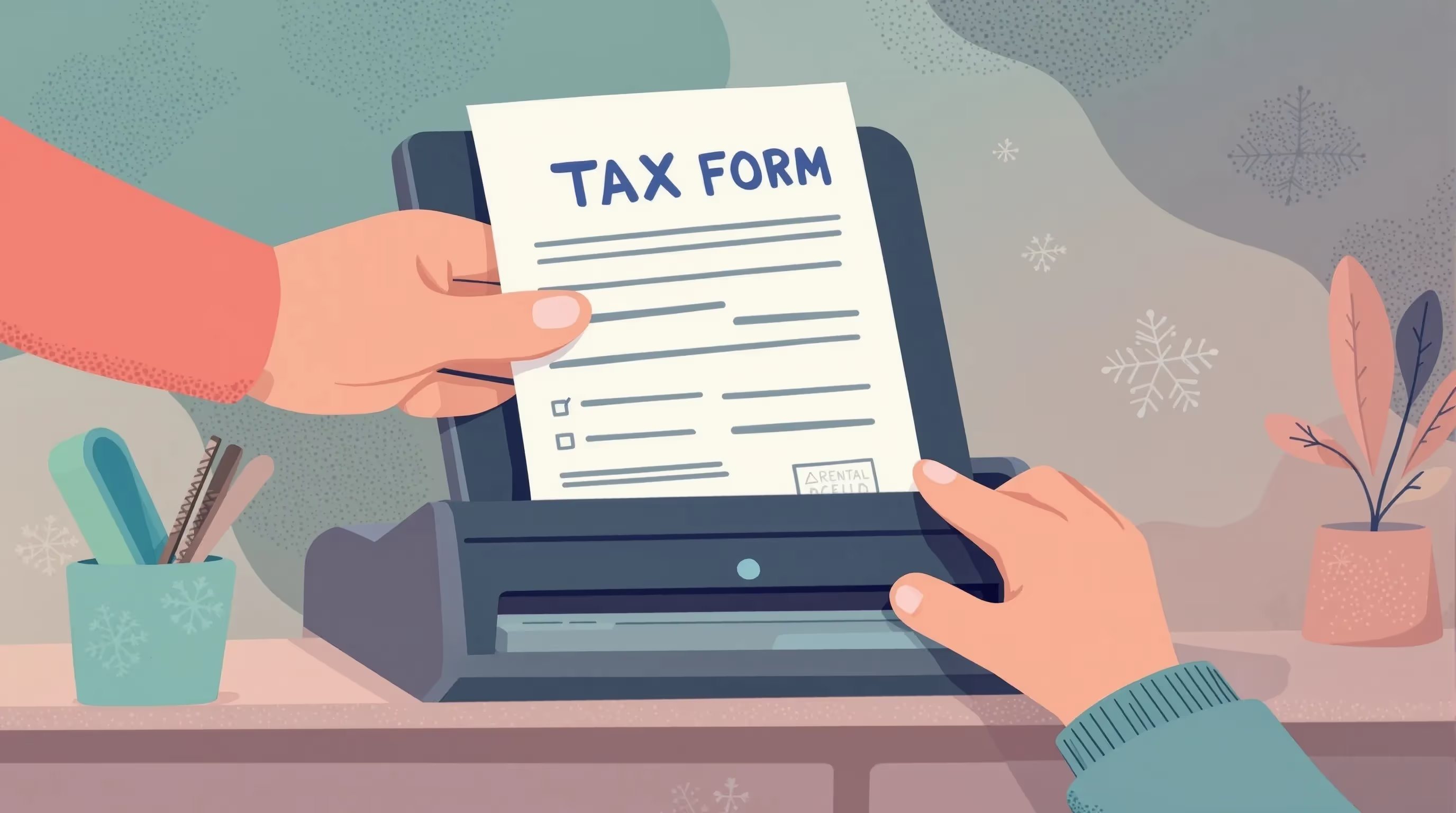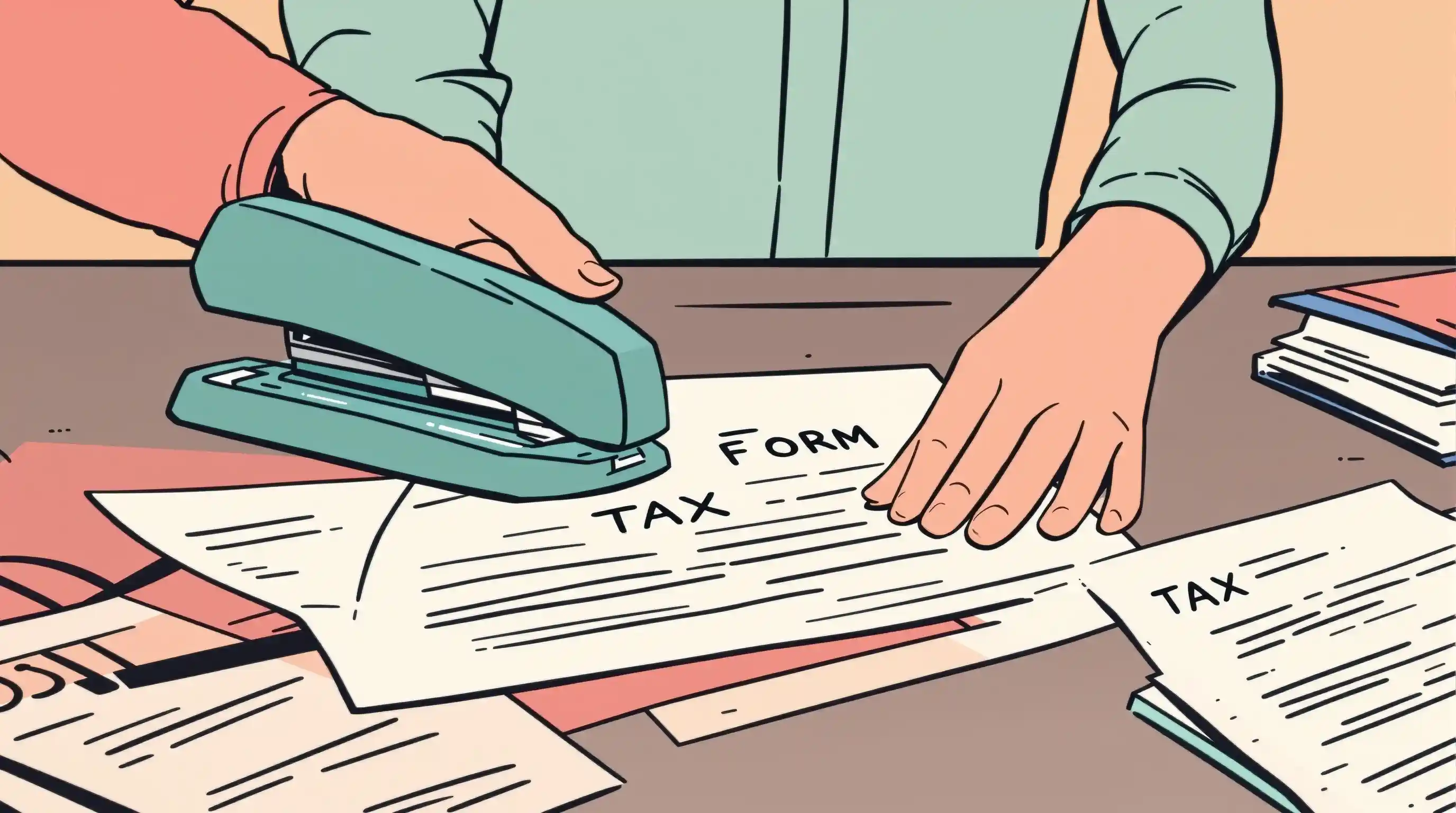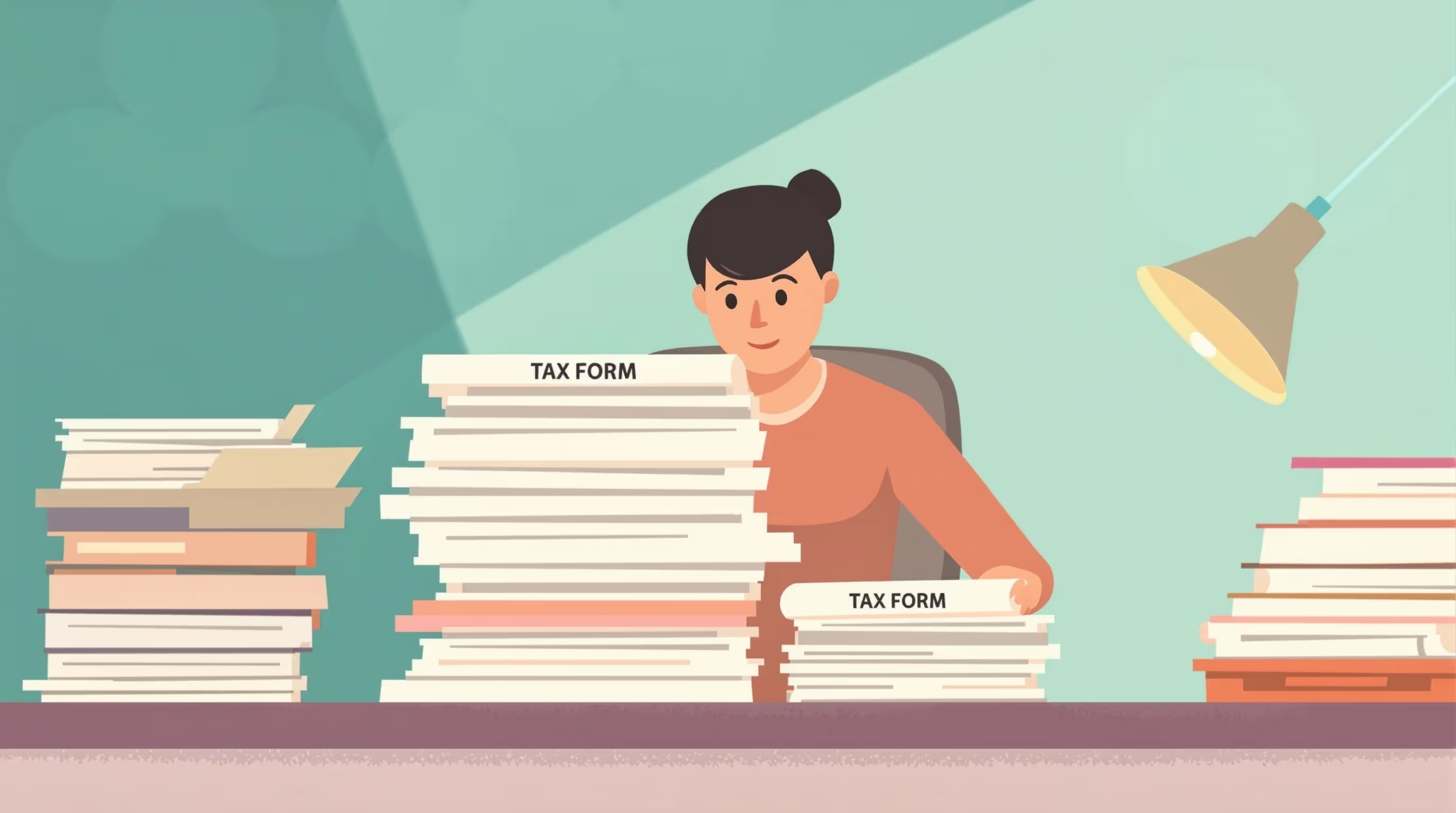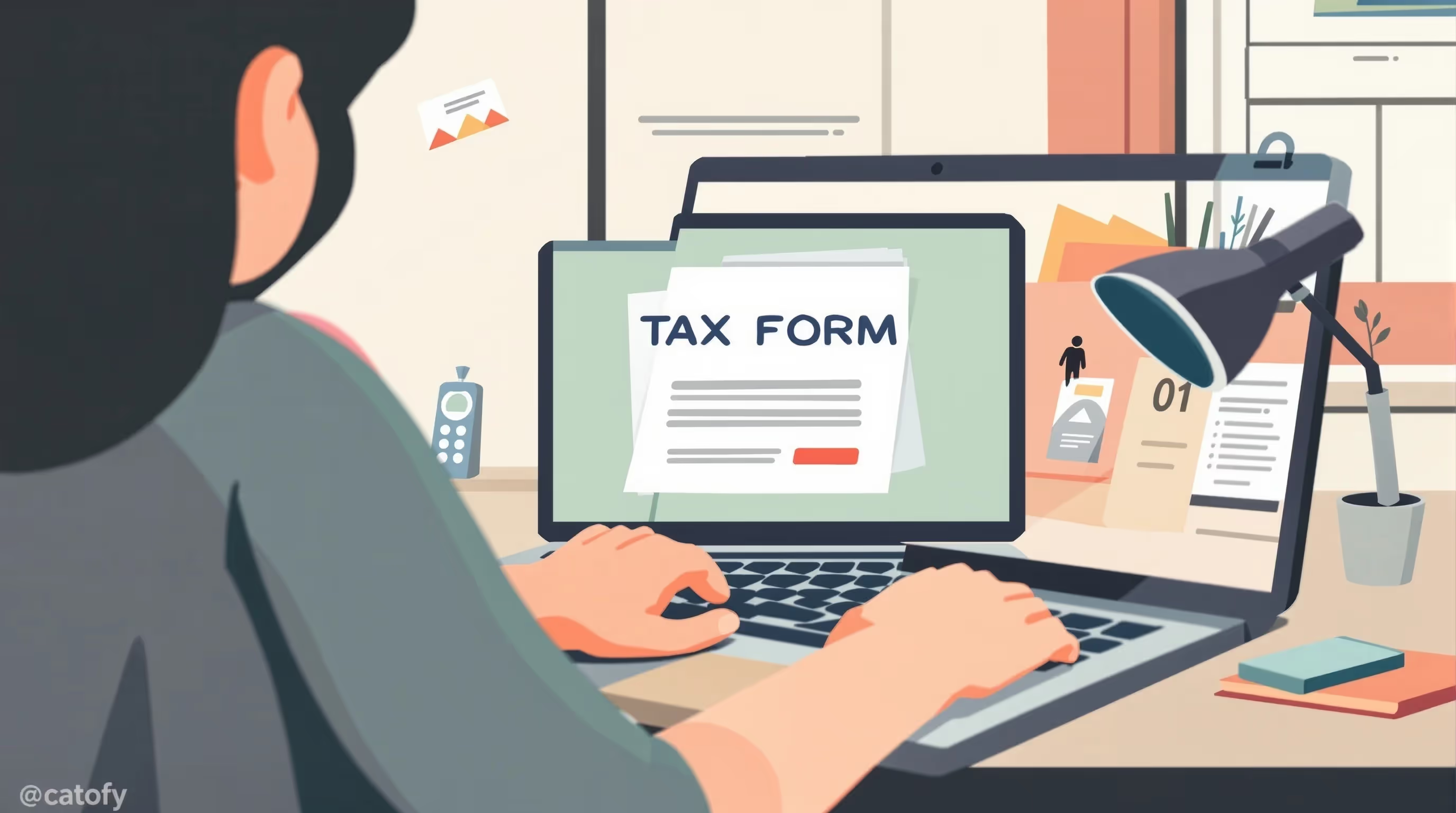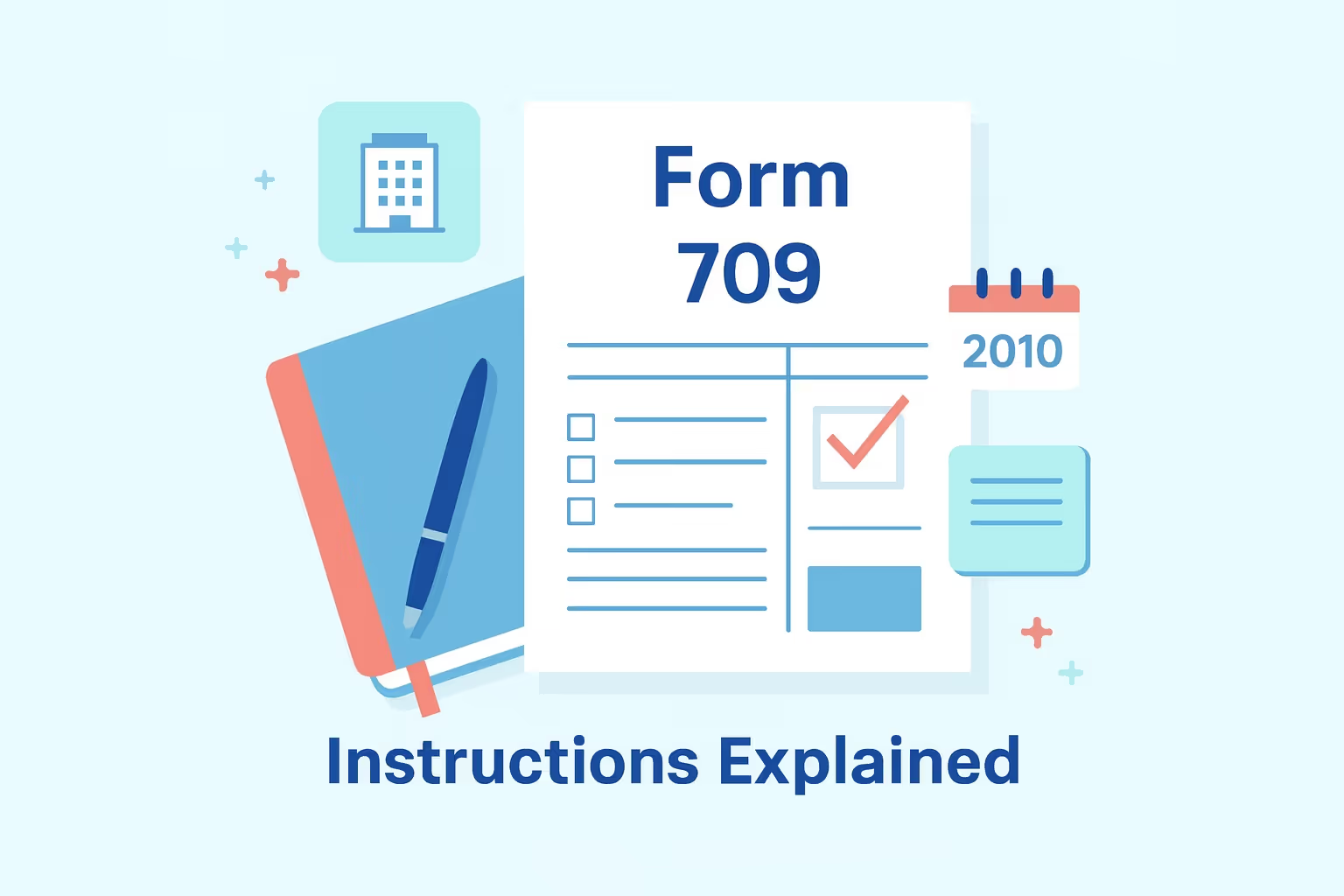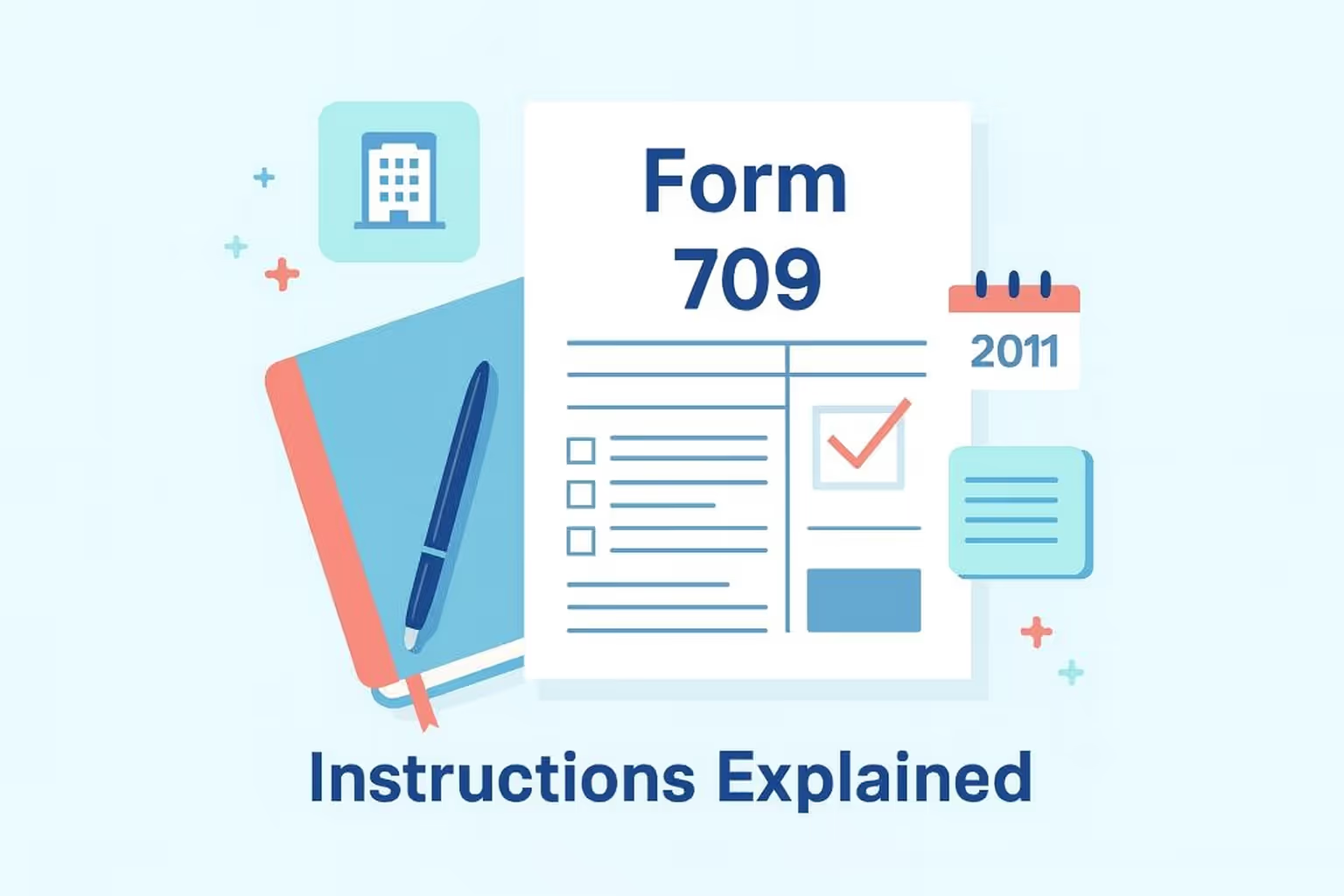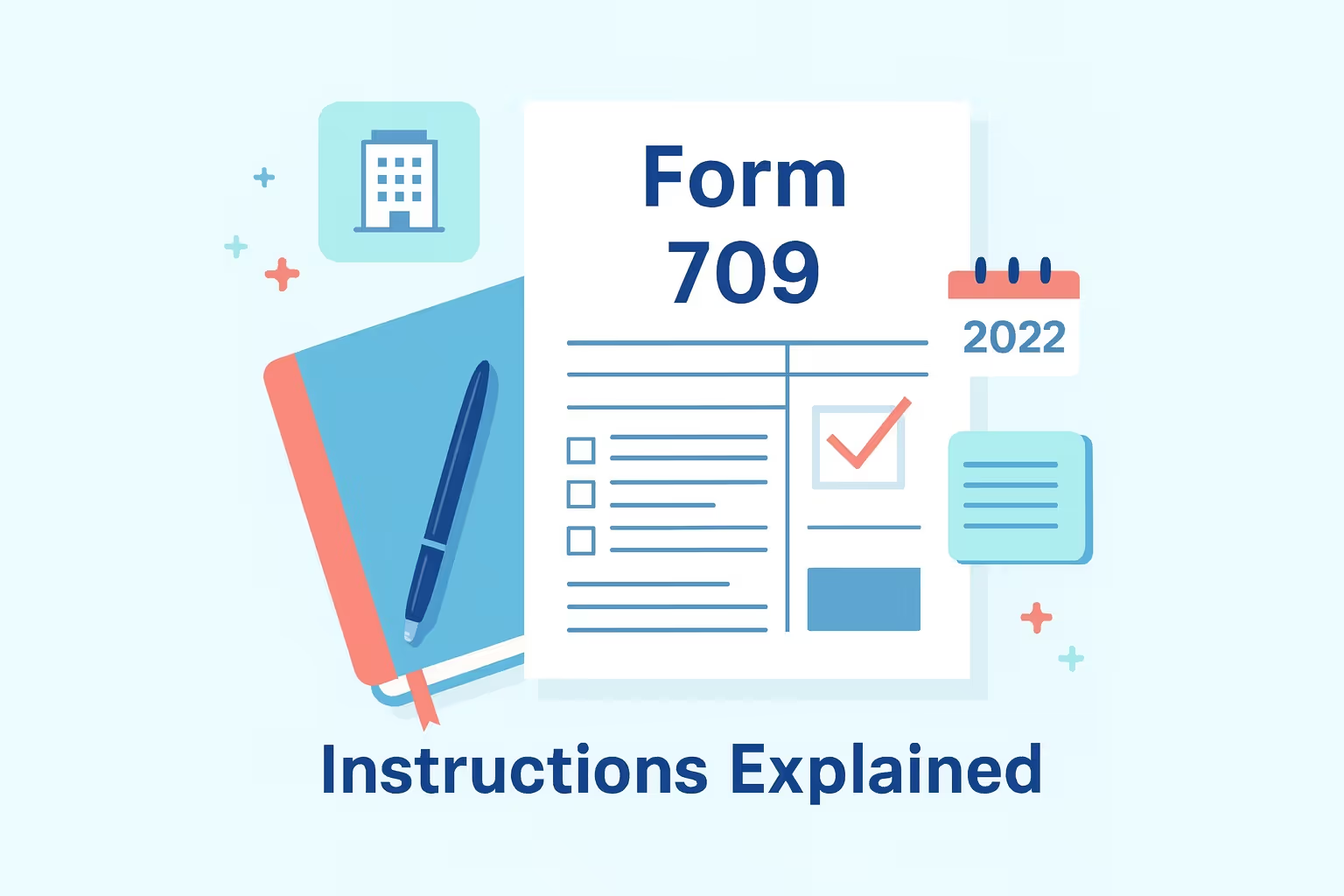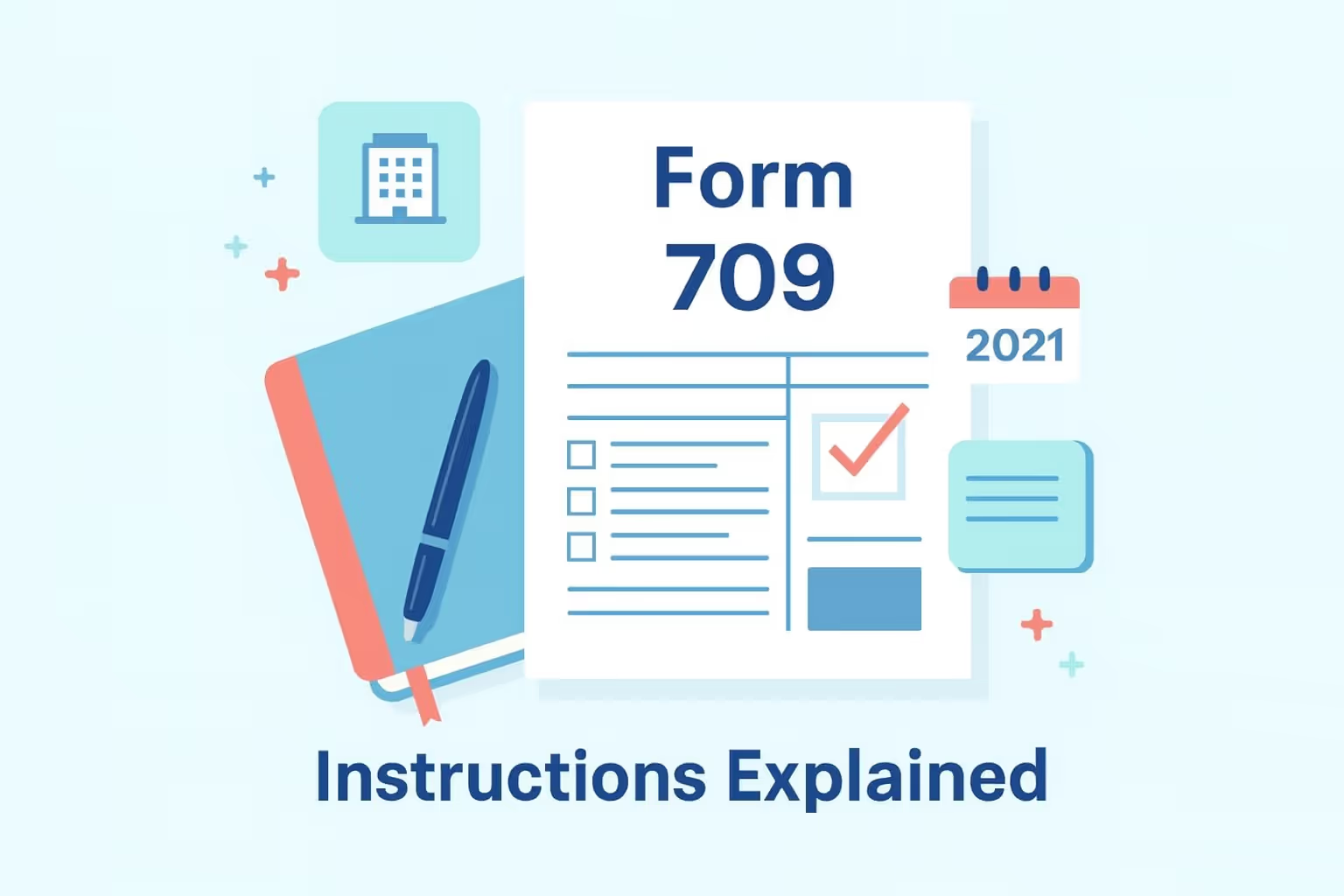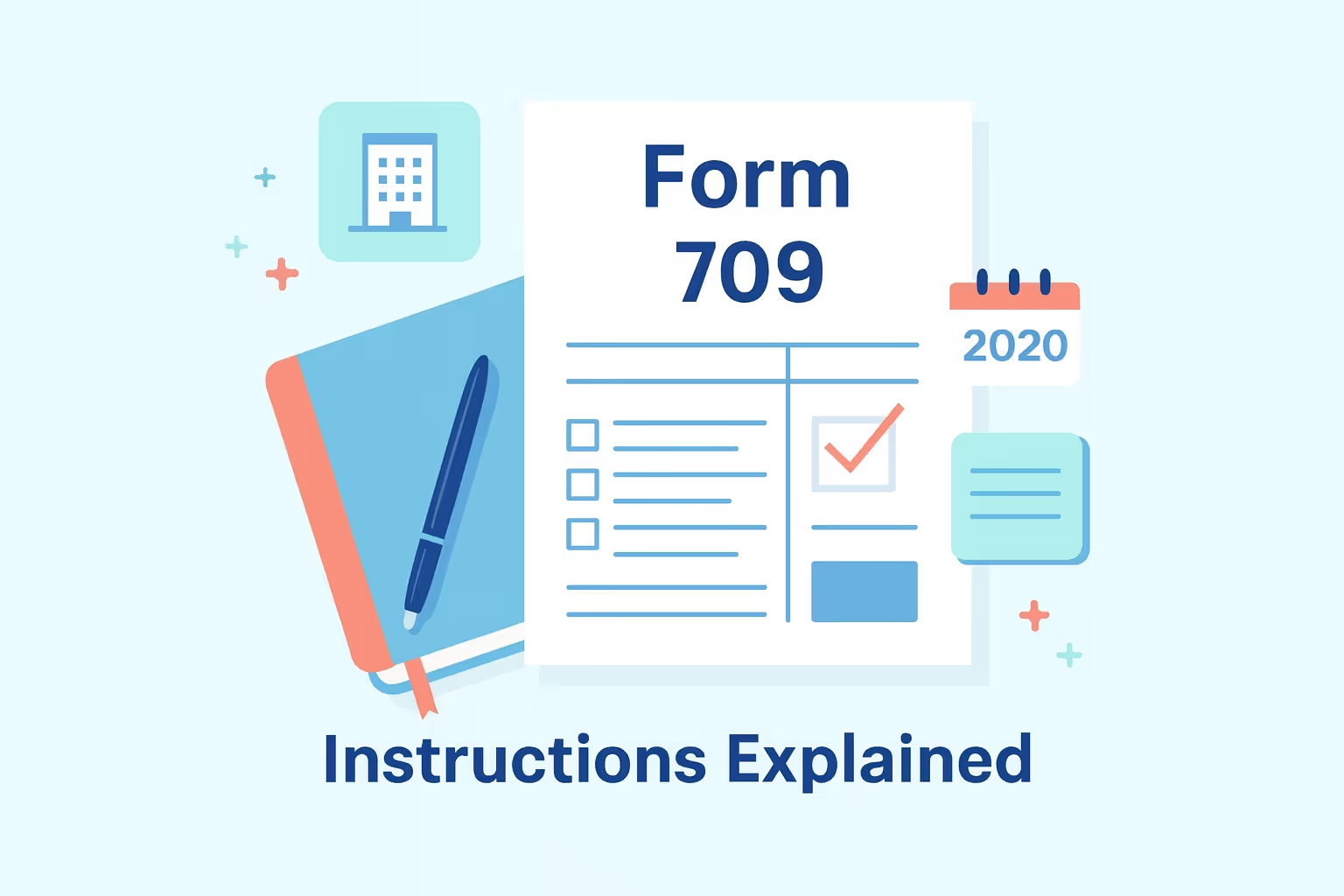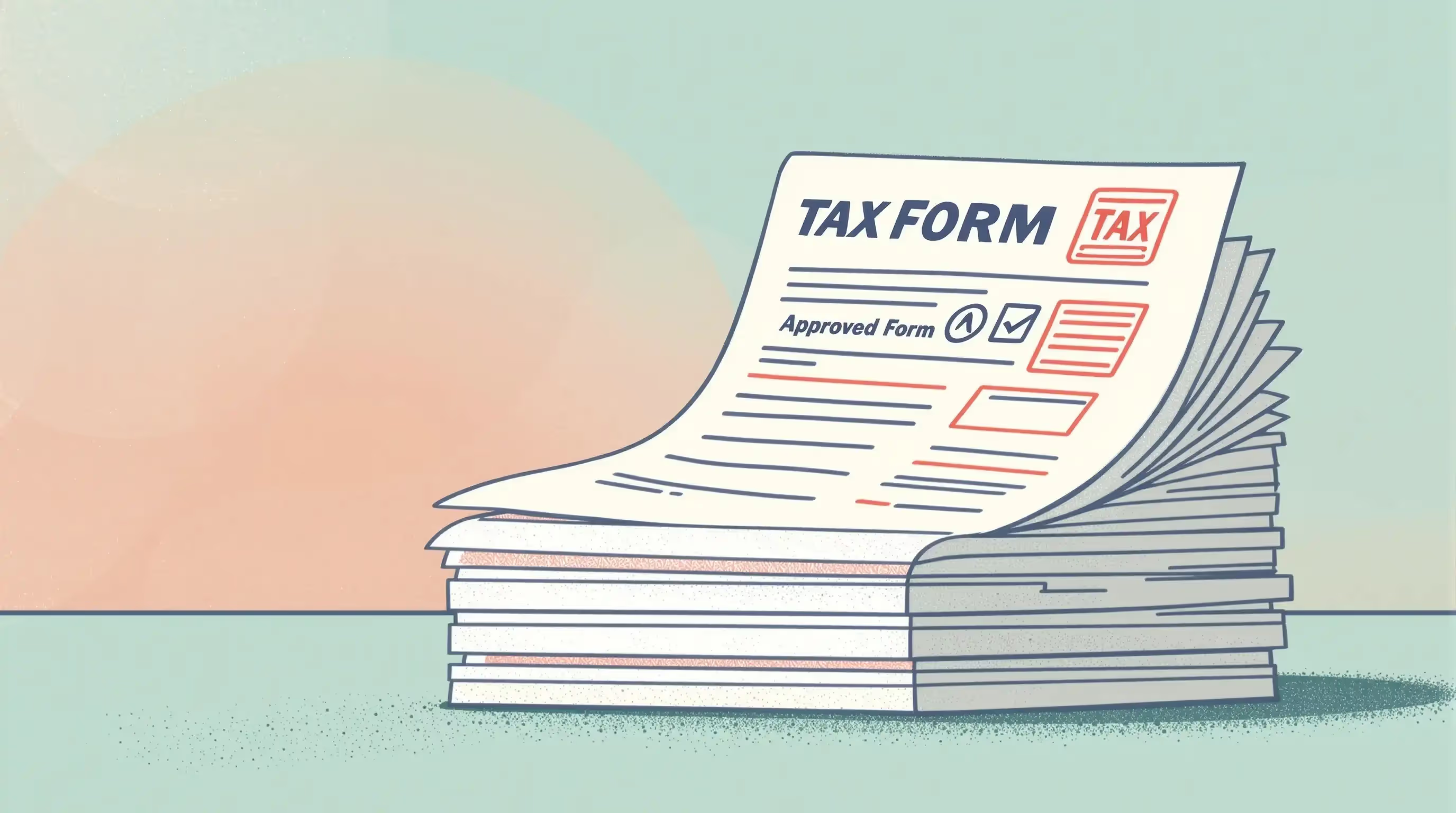
What IRS Form 709 (2023) Is For
IRS Form 709 (2023) is the United States Gift (and Generation-Skipping Transfer) Tax Return used to report gifts subject to federal gift taxes and generation-skipping transfer tax. You must file this gift tax return if you gave gifts exceeding the annual exclusion for gift taxes of $17,000 to any person during the 2023 tax year. Form 709 also applies to gifts involving future interests, gifts made to qualifying charities, and property transferred to trusts. It tracks the lifetime gift tax exemption and the deceased spouse's unused exclusion for accurate taxable gift reconciliation.
When You’d Use Form 709 for 2023
You must file Form 709 if you made reportable gifts or generation-skipping transfers in 2023. Common reasons include discovering unreported transfers subject to gift tax, correcting earlier errors, or updating elections for GST allocation. Taxpayers file separate returns for each calendar year, even when filing a joint gift tax return for gift splitting. If you missed the April deadline, an automatic extension applies when you extend your individual income tax return using Form 4868. However, the payment voucher must still be submitted by the original due date, unless it falls on a legal holiday.
Key Rules or Details for 2023
- Annual gift tax exclusion: The yearly exclusion for 2023 is $17,000 per recipient, allowing tax-free gifts below this threshold without reducing your lifetime exemption.
- Lifetime gift tax exemption: For the 2023 tax year, the lifetime exemption stands at $12,920,000, unified with the estate tax exemption through the federal unified credit.
- Generation-skipping transfer tax: Transfers to grandchildren or unrelated individuals over 37.5 years younger than you may trigger GST taxes and require specific elections.
- Deceased spousal unused exclusion: Schedule C lets you claim a deceased spouse’s remaining exemption, reducing the taxable gift amount and total transfer tax due.
- Digital asset reporting: The Internal Revenue Service added a digital asset question to the 2023 form, requiring disclosure of any digital property transferred or held.
- Gift splitting: Married couples may file gift and GST taxes jointly by electing gift splitting, treating all gifts made during the year as split equally.
- Adequate disclosure: To start the three-year statute of limitations, taxpayers must include documentation showing the fair market value of each property transferred.
- Where to file Form 709: Send completed forms to the following address: Department of the Treasury, Internal Revenue Service Center, 333 Pershing Road, Kansas City, MO 64108.
Browse more tax form instructions and filing guides in our Forms Hub.
Step-by-Step (High Level)
Step 1: Gather Documentation for Gifts Made
Collect details for all gifts made in 2023, including recipient names, property transferred, and fair market values. Include prior periods and partial interest transfers to maintain accurate taxable gift reconciliation.
Step 2: Complete Schedule A, B, and C Accurately
Complete Schedule A for current gifts, Schedule B for prior gifts, and Schedule C if the deceased spouse's unused exclusion is claimed. Each schedule ensures accurate computation of your federal gift tax return and the lifetime exemption used.
Step 3: Prepare Gift and Generation-Skipping Transfer Details
Enter each gift made, including reportable gifts to trusts, political organizations, or exempt organizations. Identify whether the gift involves an entire or partial interest to determine how the tax applies.
Step 4: Review and Confirm Transfer Tax Computation
Use the correct tax computation tables to calculate total gifts and unified credit. Include the tax computation for GST taxes, applying the same recipient rules and applicable annual exclusion amount.
Step 5: File Form 709 and Keep Copies
Mail your separate return with the payment voucher to the IRS Center in Kansas City. Retain full copies for your records, including any schedules or statements that explain taxable gift adjustments, lifetime exemption changes, or transfers subject to GST.
Learn more about federal tax filing through our IRS Form Help Center.
Common Mistakes and How to Avoid Them
- Incorrect reporting of future interests: Always classify property called future interests separately since these transfers are not eligible for the annual exclusion and must be reported.
- Filing joint gift tax returns improperly: When electing to split gifts, ensure each spouse files a separate return indicating consent to avoid errors with gift splitting or same recipient reporting.
- Omitting prior gifts: Always include prior period gifts to ensure complete schedule entries and proper taxable gift reconciliation with the Internal Revenue Service.
- Failing to report gifts to certain exempt organizations: Even tax-free gifts to qualifying charities or exempt organizations must be reported if they accompany other reportable gifts during the tax year.
- Using incorrect valuation methods: Support all property transferred with professional appraisals to avoid IRS disputes regarding fair market value or total gifts reported.
- Ignoring automatic extension rules: An automatic extension option applies when you extend your income tax return, but payment for gift and GST taxes must still meet the original deadlines.
Learn more about how to avoid business tax problems in our guide on How to File and Avoid Penalties.
What Happens After You File
After you file gift tax returns, the Internal Revenue Service typically processes them within several months. If errors occur, the IRS may send notices requesting clarification or adjustments. Once properly disclosed, transfers subject to gift tax cannot be reassessed after three years. You can pay electronically or by check using a payment voucher if you owe tax. Taxpayers unable to pay in full may request an installment agreement. Keep documentation since future estate tax filings depend on accurate lifetime exemption tracking.
FAQs
What penalties apply for late filing of IRS Form 709 (2023) gift and generation-skipping transfer returns?
Late filing may trigger penalties under Section 6651 for filing and payment delays. Penalties increase monthly until you file or pay the total tax owed.
How does the annual gift tax exclusion affect taxable gift reconciliation for 2023?
Gifts under the $17,000 annual exclusion amount are tax-free and do not reduce your lifetime exemption. Only reportable gifts exceeding this limit require filing Form 709.
How does the deceased spouse's unused exclusion impact estate tax planning?
You can transfer a deceased spouse’s unused exclusion through Schedule C of Form 709. This credit reduces your overall estate tax and future transfer tax exposure.
What are the key rules for the generation-skipping transfer tax in 2023?
The generation-skipping transfer tax applies to gifts made to beneficiaries two or more generations below you. You must properly allocate the GST exemption to minimize overall gift and taxes.
How do I file Form 709 if I gave gifts to multiple recipients?
You must file Form 709 to report all reportable gifts made during the calendar year. Each person receiving a gift exceeding the annual exclusion must be listed on Schedule A.
What should I include in the tax computation section when I file Form 709?
Use the federal gift tax computation worksheet to calculate total gifts and apply unified credit amounts. This ensures accurate lifetime gift tax exemption tracking.
How do I report transfers subject to the generation-skipping transfer tax?
List all transfers subject to GST tax on Schedule D. Identify whether each transfer qualifies as direct or indirect to apply the correct exemption and tax computation.






